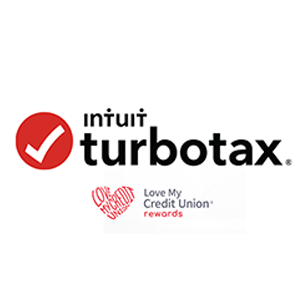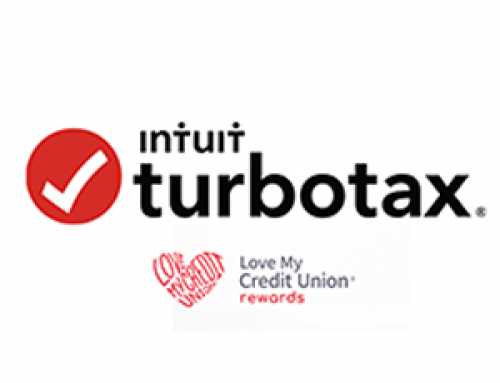Five Hidden Ways to Boost Your Tax Refund
Tax time is just around the corner. Wouldn’t a big fat boost to your tax refund come in handy? Well, here are steps you can take to boost your tax refund when you file.
- Itemize your deductions. The standard deduction is $12,400, so it’s tempting to just claim it. Rather, track down receipts and tax forms so you can itemize your deductions. And, start gathering information right away so you’ll have everything ready at tax time. Here are some reasons itemizing might be worth it:
- You’re a homeowner with a sizeable mortgage
- You gave money and “stuff” to charity
- You paid points when you took out your mortgage
- You’re an educator. (Deduct up to $250 of school supplies even if you don’t itemize deductions.)
- Claim education expenses. If you’re paying college expenses for yourself, your spouse or a child, two education credits can help defray those costs. There are differences, so weigh your options carefully in deciding which credit to claim. Consider prepaying tuition or other costs to get the maximum credit possible.
- The American Opportunity Tax Credit (AOTC). The AOTC is a partly reimbursable credit for 100% of the first $2,000 of education expenses you pay and 25% of the next $2,000. The AOTC is eliminated once your income exceeds $90,000.
- The Lifetime Learning Credit (LLC). The Lifetime Learning credit (LLC) is 20% of the first $10,000 of education expenses. The LLC is eliminated once your income exceeds $68,000.
- Claim credit for your “full house.” If your adult children, their significant others and friends have come to live with you, you may be eligible to claim a $500 tax credit for non-child dependents you support if their income is less than $4,300. You can claim the credit for parents you support, even if they don’t live with you. Stick a note into your tax file reminding you to look into claiming these credits at tax time.
- Contribute to tax-deductible retirement accounts. Save for your future and boost your tax refund. If your income is under $65,000, you may qualify for a Saver’s Tax Credit as well if you contributed by the end of 2020. That’s three different benefits from the same action.
- Deduct worthless investments. If you have any investment that went belly-up and sold it before the end of 2020, you can claim a tax loss. If someone owes you money that you can’t collect, you can claim that as a bad debt deduction as well. Write a description of the debt that includes the name of the debtor, the amount and the date the debt was due, and any relationship between you and the debtor. Describe the efforts you made to collect, and why you think the debt is now worthless.
Here’s a bonus tip: File your tax return on time. You won’t get a tax refund until you file your tax return. But really, even if you aren’t required to file a tax return because your income is low, file anyway to claim your refund for taxes withheld and any refundable credits you are entitled to. If you wait more than two years to file, the IRS will not issue you a refund.
When it’s time to file your taxes TurboTax is here to help!
From simple to complex taxes, TurboTax® has you covered. And when you need help, real experts are standing by — and can even do your taxes for you, start to finish with TurboTax Live®. Getting your biggest possible tax refund has never been easier. And as a credit union member you can save up to $15 on TurboTax. Click here to get started today!
The information in this article for general educational purposes only and not intended to provide specific advice or recommendations. Please discuss your particular circumstances with an appropriate professional before taking action.




